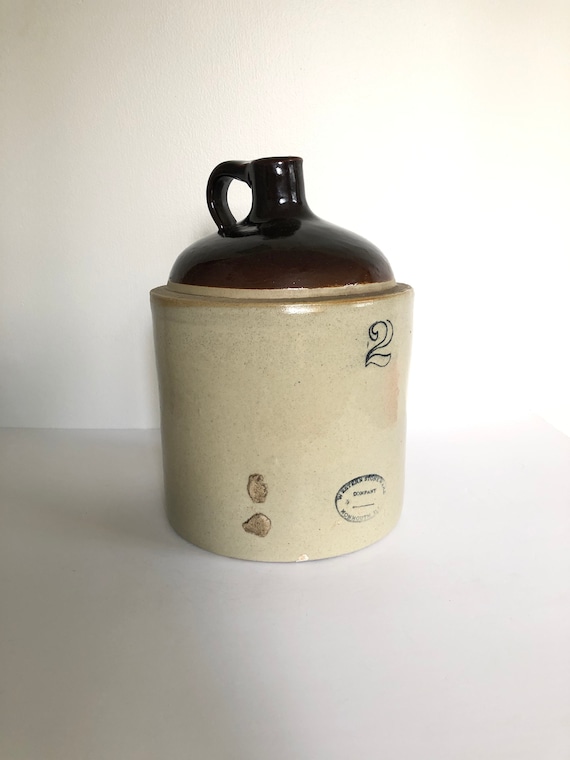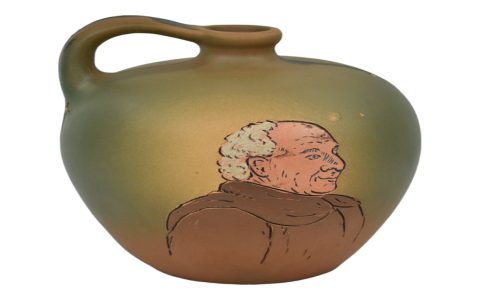Western stoneware jugs refer to durable pottery vessels, primarily produced in Europe and North America from the 17th to the 19th centuries. Known for their high-temperature firing and vitrified surfaces, they served practical roles like liquid storage and decorative functions.
Historical Origins
Originating from German and English traditions, western stoneware jugs became prominent during colonial America, with centers like Pennsylvania developing distinct styles. They evolved from utilitarian containers to include folk art elements.
Material Composition
Made from high-fire clay mixed with silica or flux agents, these jugs undergo firing at 1200-1300°C, achieving vitrification. This results in non-porous surfaces resistant to liquids. Common glazes include salt-glaze and alkaline types.

Manufacturing Process
- Clay is formed on a wheel or using molds
- Decoration added via slip-trailing or cobalt oxide
- Fired in wood-burning or coal-fired kilns
- Post-firing, glazing creates a sealed finish
Key Characteristics
- Robust construction: Resistant to breakage
- Handle for pouring and a narrow spout
- Often brownish-gray body with blue decorations
Common Applications
Primarily used for storing liquids like beer, milk, and cider. In rural settings, they functioned as household and agricultural containers. Today, they are collectible antiques.
Modern reproductions exist, but authentic pieces exhibit wear marks and glaze imperfections due to historical kiln variations.












